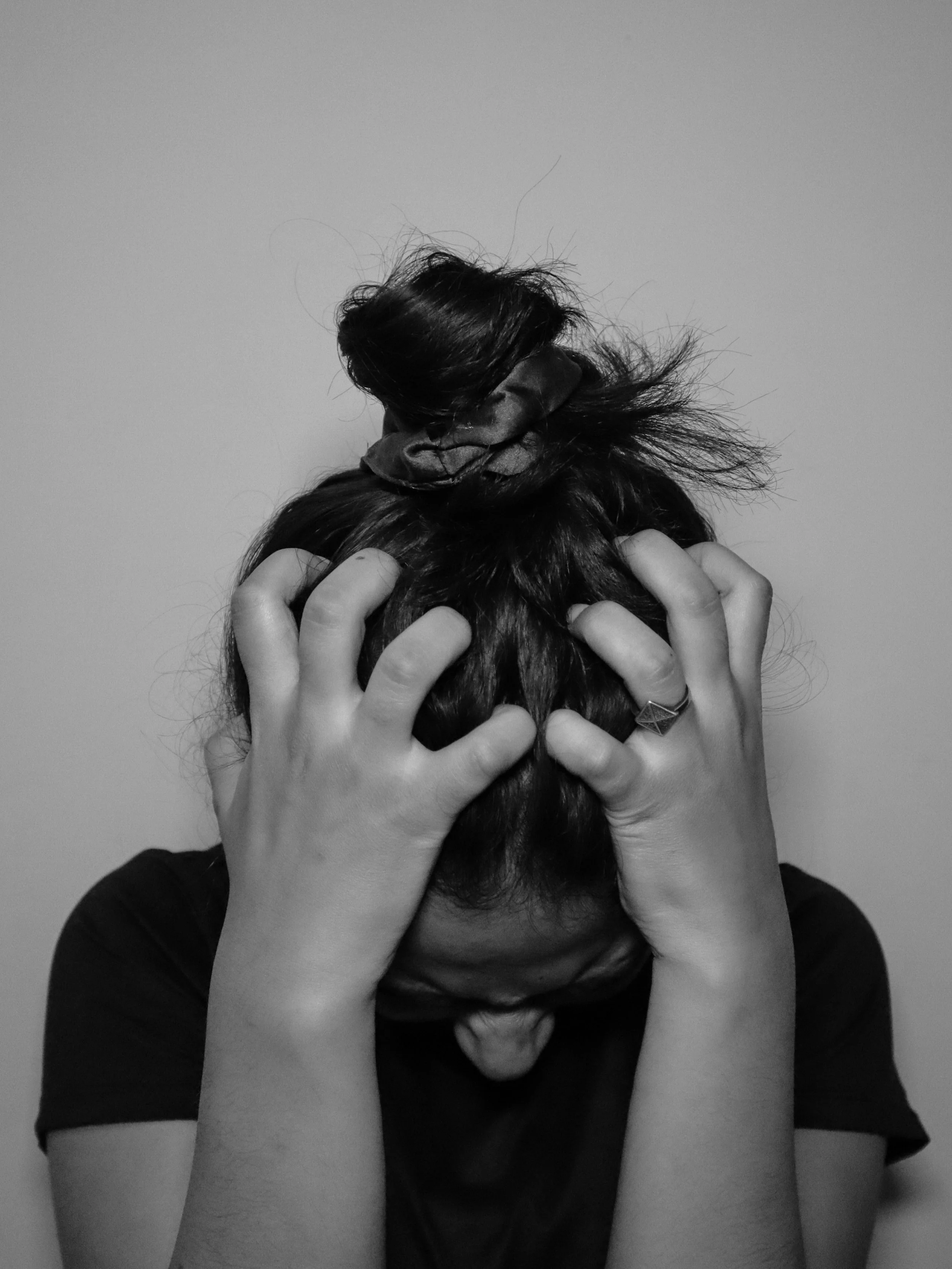Why your child’s night time waking might be due to jaw dysfunction.
I’m sure you’re wondering how on earth I’ve made the connection between the jaw and waking in the night! Well read on mama. I’m about to share with you the massive impact jaw dysfunction can have on the rest of your child’s brain.
The jaw is a hinge joint. It kind of hangs off the front of your skull, and follows along with whatever everyone else is doing. If everyone is leaning to the left, your jaw probably is too. So if your neck is a bit crooked and you’ve got yourself a head tilt, well your jaw is probably following your head. Same as your vestibular system – if you have a vestibular imbalance (read more here), your jaw will often follow in the direction the brain is telling it to move. In this sense, it becomes really easy to have some kind of jaw dysfunction! Often the jaw is a compensation to other problems, but if left long enough, it becomes a problem of its own.
Right behind the jaw joints sits a bundle of nerves called the trigeminal ganglion. When the jaw is moving aberrantly, this nerve bundle can get hypersensitised and over-active. This is why some people have face pain with migraines or trigeminal neuralgia. Your child is probably too small to explain they have face pain, and they might not even have pain (not everyone does), but if your child does suffer from headaches then you might want to consider the impact of their jaw on them.
Back to the brain! There’s this region of the brain where two nerve centres sit. One is the trigeminal centre that we just discussed. And right next to it is the centre for the vagus nerve. The vagus nerve is the body’s biggest “rest and digest” nerve, running from the brainstem all the way down through the gut. It controls our heart rate, blood pressure, digestion, and all those automatic processes we don’t even need to think about. The overarching job of the vagus nerve is to calm our nervous system. It is called an inhibitory nerve.
So in combination, this is what happens. Your child has jaw dysfunction (maybe from birth trauma, or a vestibular imbalance… I can’t say why it’s there), which follows to sensitization to the trigeminal nerve nucleus. When this nucleus gets irritated and wound up, the trigeminal tells the vagus to shut down! The main inhibitory nerve in the body starts to work less, meaning your brain and body remain in a wound-up and stressed state, unable to calm back down.
From a brain point of view, this leads to that feeling of being wound up. Babies and children with “wound up” brains might have trouble falling asleep, being active right up until the second they finally crash. They might toss and turn all night. They often wake multiple times a night and find it difficult to fall back to sleep. During the day they may seem aggressive or angry, or like they can’t sit still; more than what you feel is “normal” for their personality.
Let me just be clear. Jaw dysfunction is not the only thing that can cause neural excitation and “wound up” brains. Assessment of the whole child’s neurology ad structure is the only way to determine why your child is exhibiting such sleep patterns.
How to tell if your child might have jaw dysfunction.
You’ll need a tape measure, a pen light (or the torch option on your phone), and your hands.
Vertical facial measurements
Measure from the outer edge of your child’s eye to the outer edge of their lip. These measurements should be almost equal. Human faces are asymmetrical and you may never get perfectly equal measurements, but anything greater than about 3mm difference could signify a jaw issue.
Light sensitivity
Shine the pen light right into their eye. If they blink hard, withdraw by pushing you and/or looking away, or their eyes get watery, this is a sign their midbrain is overly sensitive. While not the only cause of midbrain sensitivity, jaw dysfunction is a common one.
Sound sensitivity
When they aren’t expecting, clap loudly next to their ear. Look for the same as the light test. Sound sensitivity also indicates the midbrain is overly wound up, which might suggest a jaw issue.
Body range of motion
There are three places that seem to be connected to jaw dysfunction. Check if their neck can move side to side equally each way. Next, while seated check if their shoulder moves equally each side (draw the arm backwards with straight elbow). Finally, check the hips while laying on their back. With the knee straight, open the leg as wide as it will go. Word of warning – kids are much more flexible than adults! It will appear like their hips in particular will just keep going. It is difficult to hurt them doing so, so don’t be worried.
If your child is positive for any of these tests, they might have jaw dysfunction, or midbrain stress. Both of which can contribute to a lack of sleep!





